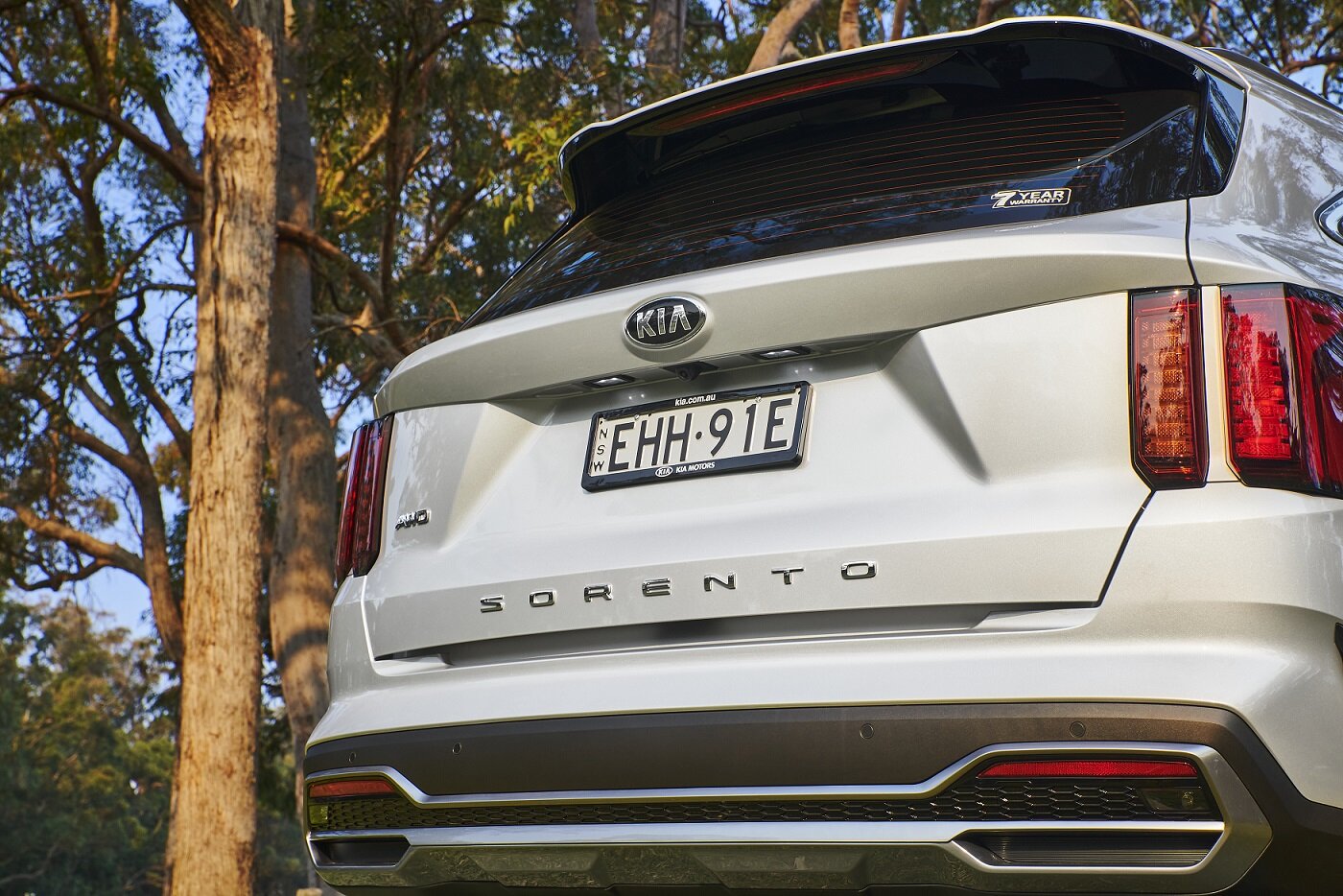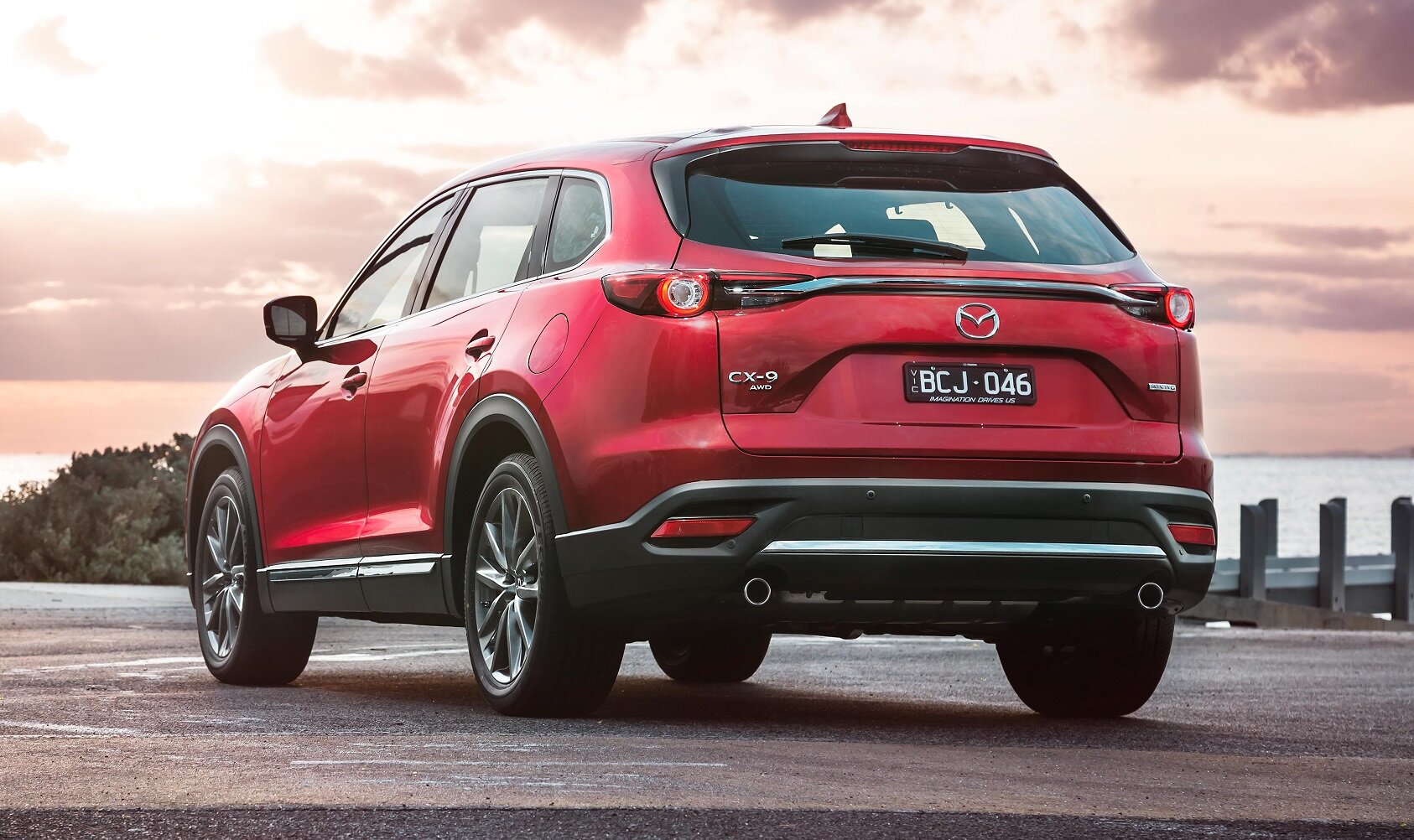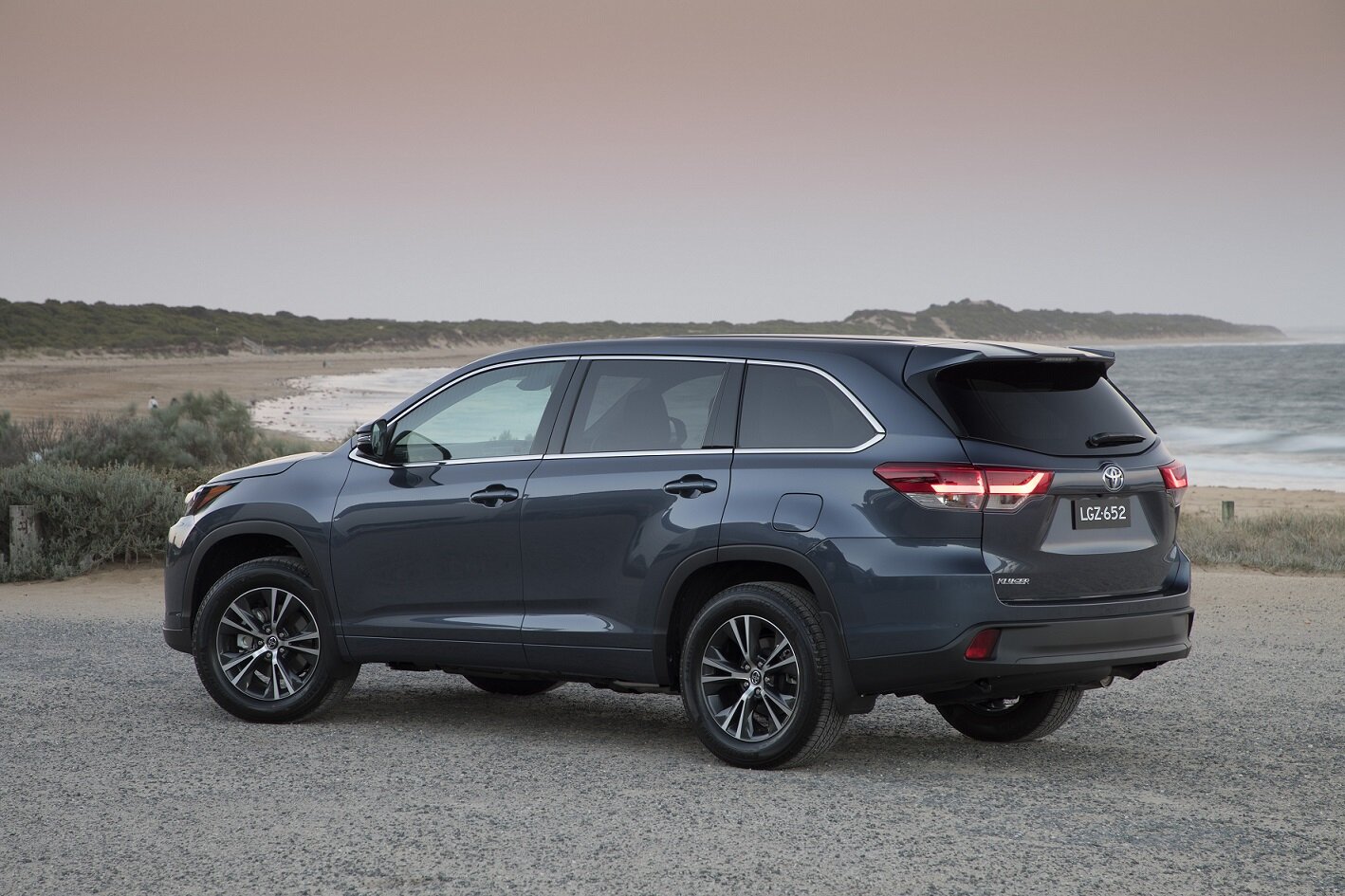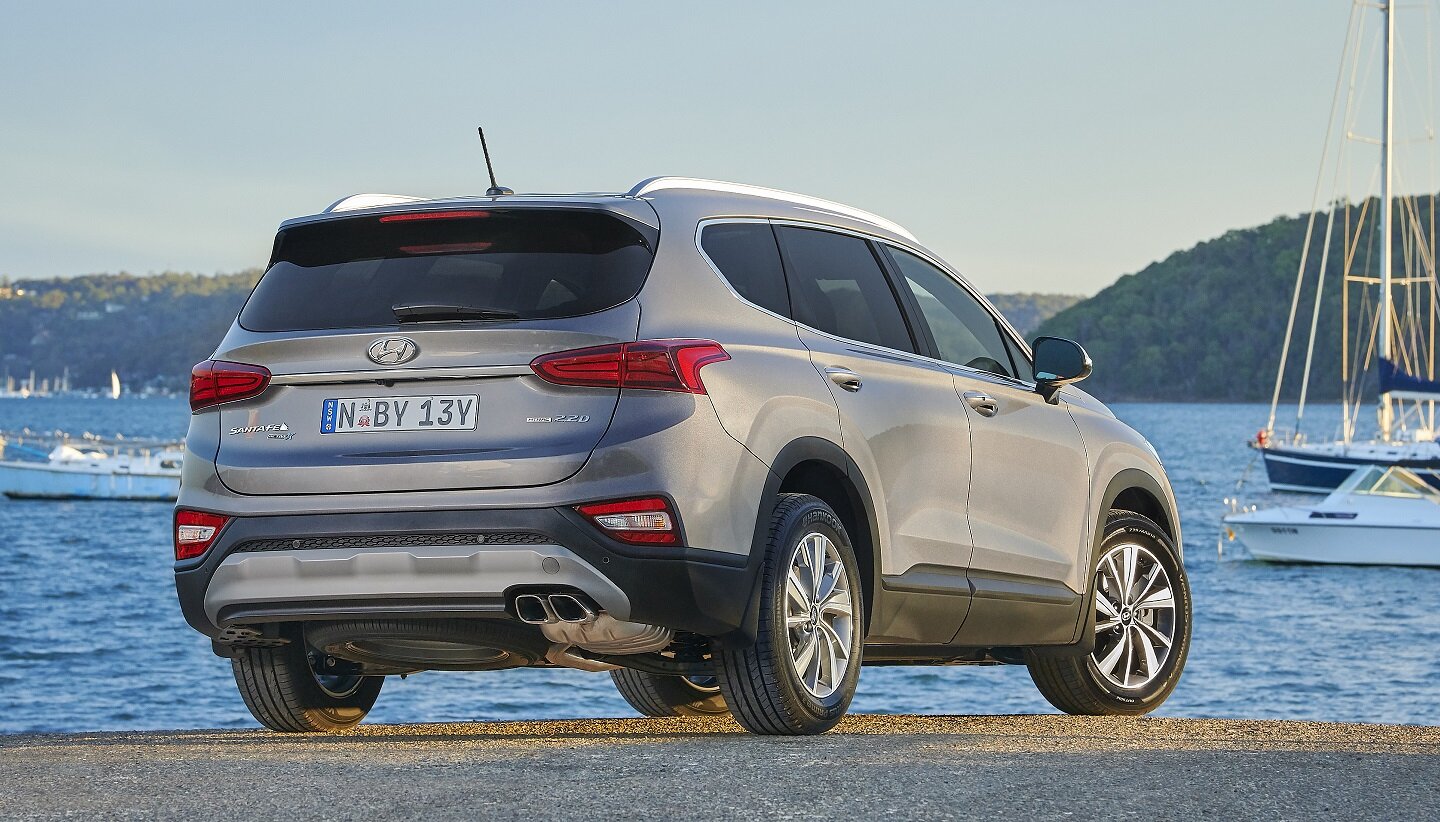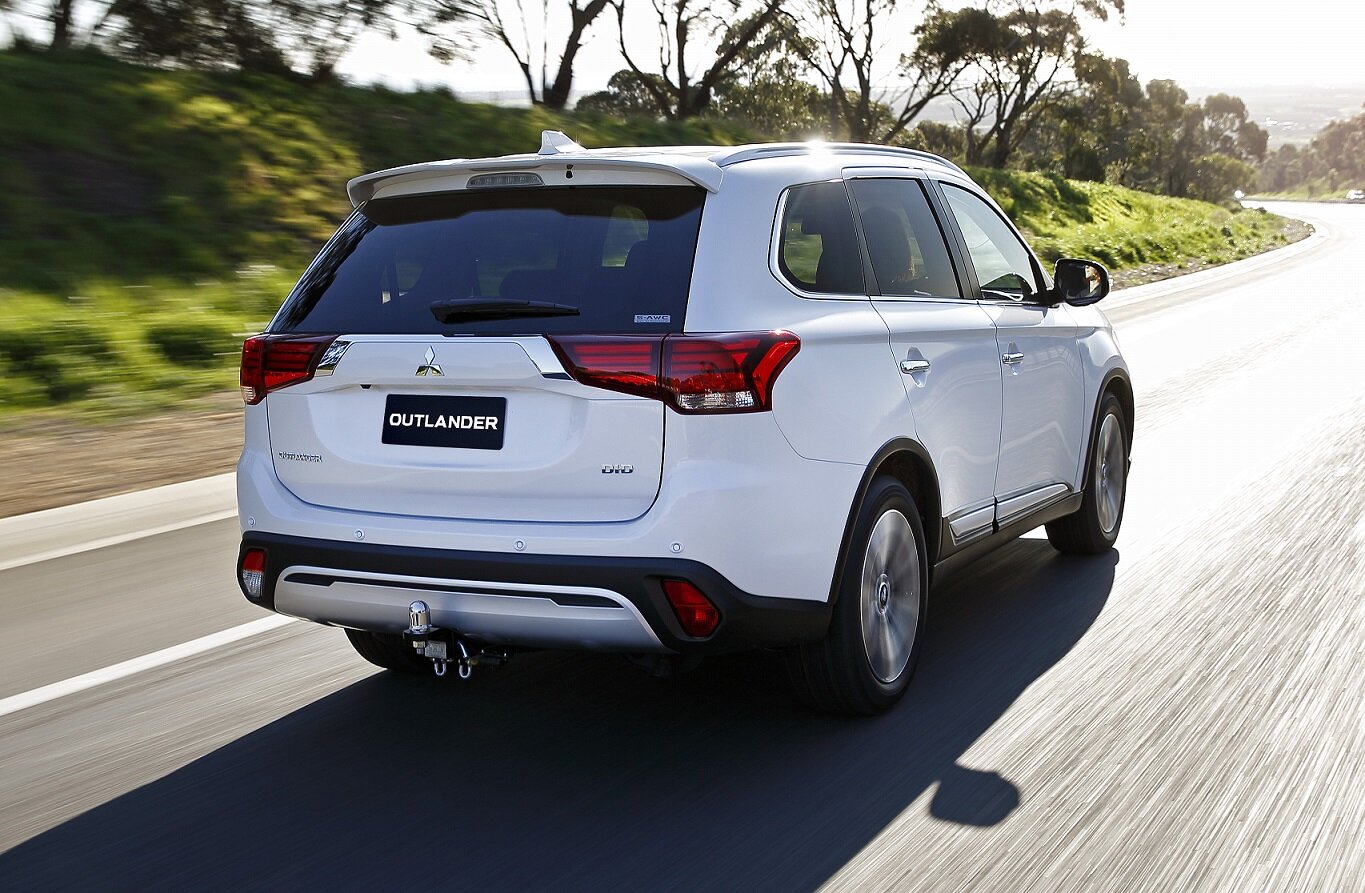2021 Kia Sorento towing capacity: What went wrong?
New Kia Sorento has just been released with 500kg less towing capacity than originally teased. It’s the WonderBra tow capacity reveal of 2020. Let’s unclasp this conundrum and uncover what went wrong...
IN CASE YOU MISSED IT: Here’s my full in-depth Kia Sorento review and buyer’s guide - for an assessment you won’t get with any other motoring so-called journalists, because I include criticisms in my report.
Now, I mentioned in my full Sorento buyer’s guide and review that the towing capacity was something of a storm in a D-Cup.
Kia quietly touted a 2500-kilo tow capacity for this vehicle, as early as January, and a lot of people waited a lot of months specifically for that.
The vehicle was promised in June. It finally arrived in September. COVID-19. Blah blah blah.
Unfortunately, the WonderBra effect here proved something of a let-down, and the vehicle lost a complete cup-size, lobbing with a 2000-kilo tow limit, not the anticipated 2500. I hate it when that happens. And many of you - presumably those among you who were waiting for the metaphoric double-Ds to be unleashed - have since reached out to me, somewhat deflated.
I am reading some comments that the tow capacity is in fact going to be only 2t. Even the spec sheet on the Kia au website lists tow capacity as 2000kg.
Can you confirm what the truth is?
It would be a deal breaker for me as I tow a horse float that is just over 2t fully loaded. Thanks.
- ptvfr80
Adding fuel to the fire of tow capacity confusion/conspiracy was this, which was mentioned a lot in comments and emails:
I was interested to see that in Australia the braked towing limit is 2000kg whereas in NZ and the UK the 2.2 diesel is rated at 2500kg.
I rang Kia and they couldn't explain it. Maybe it does relate to different tow ball designs in the various countries as the weights otherwise seem to be the same.
Shame though. I took the GT-Line for a short test drive and was very impressed. It looks great too.
- Mike Langran
This of course is quite true - the Kiwi Kia website does list the Kiwi tow capacity at 2.5 tonnes, both in the online specs and the downloadable PDF brochure.
Let me assure you: I’m no self-appointed Kia apologist on this. It’s a proper egg-on-face event for them. It’s like magic. That disappearing 500 kilos. How did they do it? I’m sure they had meetings about it. I’m further sure they wished they had just shut up about this, at the outset. Because with no pre-emptive commentary, there’s no vector for public disappointment.
Burden by Numbers
I just want to lay out how this happened, and what gives - literally. And then we’ll crunch the numbers on what you can tow with a new Sorento, and how much payload you can carry when it’s at its maximum tow capacity.
Up front though, this vehicle still represents a substantial tow capacity upgrade in real terms. And it’s currently up there with equal class leaders in this category. So, it’s hardly a disgrace in those terms. Sorento is not trying to be a Pajero Sport in terms of heavy lifting.
The two tonnes carries over, but the towball download on new Sorento has increased from 100 kilos in the old model to 200 kilos on this one. And in practise this makes achieving two tonnes easier, because it can be quite difficult to limit the towball to just five per cent of aggregate trailer mass on some Australia-spec trailers. (Typically they’re designed for 10 per cent.)
So a vehicle with two-tonne tow capacity, but a 100-kilo towball limit is not all that practical for towing two tonnes, generally.
Also worth acknowledging: Mazda CX-8 and CX-9 offer 2000 kilos with 150 on the ball - but both of them have a space-saver spare, which is a comprehensive pain in the arse for towing. Kluger has a full-sized spare and 2000-kilo max tow capacity, but Toyota doesn’t list towball download in its specs.
And Santa Fe, the current 2019- and 2020-spec Santa Fe - has 2000 kilos maximum, full-sized spare, so that’s good, but (out of the box) just 100 kilos on the towball. You can upgrade that to 150 if you fit the Genuine Load Assist Kit (which is a replacement set of rear springs, basically). I did that on my Santa Fe and did a 2000-kilo tow test with it.
That worked fine. It towed brilliantly, but again, you need to work hard to tweak the towball download down to achieve not more than 7.5 per cent of ATM.
The highly aspirational Merc GLE, which I mentioned in Monday’s Sorento report, has 2.7 tonnes’ tow capacity - but the download limit is 216 kilos (that’s eight per cent). And it has a space-saver - which is a disaster towing a 2.7-tonne trailer. And it’s not really a competitor, given the price.
So, Merc aside (and it is double the price), new Sorento is on top of these notionally softer competing seven-seat SUVS - because it offers 10 per cent download and a full-sized spare.
Interestingly, Mitsubishi Outlander diesel, which is as old as the hills now and is not nearly the vehicle new Sorento is, also offers 2000 kilos and 10 per cent download out of the box, plus a full-sized spare. And it’s $13,000 cheaper - so I think we’ve found the budget two-tonne tow platform in this ‘softer’ seven-seat SUV segment.
I’m convinced the Sorento’s powertrain and the platform can handle 2.5 tonnes and the limiting factor here is towbar design. That’s Kia’s explanation, and it’s implicitly credible. (Plus, I’ve never caught them committing an act of aggravated bullshit.) So, let’s talk about how this works.
All carmakers have local ‘product planning’ teams in the various markets. Kia has one here in Australia. They’re the dudes who go between marketing (who basically tell them what specs they want, in order to sell the most cars) and the factory (who say ‘yeah, you can have that’ and ‘here’s what it costs’, or ‘no, you can’t’) - this is a sort of combat sport. Like polite MMA.
You’re always bilaterally unpopular if you’re in product planning - kinda like being a journalist. Hated equally by the factory and the marketing department - if they’re doing their jobs right. Anywho, one of product planning’s roles is validation - of towbars, for example.
They have a test protocol, where they put the towbar through hell on earth, and product planning has to sign off on the maximum load the towbar can endure in the most severe circumstances. This is serious stuff, actually, because if they get it wrong, people get injured, and there’s a lawsuit. And if they’re too conservative, they don’t sell enough cars.
So, they do that validation process here, hoping for 2500 kilos, but the dude who gets to put his head in the noose over this is only prepared to sign off on 2000. It’s a public safety issue.
The options are: design a new towbar at whatever cost, with a whole new series of validation tests, or live with 2000 kilos. Result? Get hated by either marketing or the beancounters.
They’ve probably done an internal calculation like this: What’s the cost of a new towbar design? Versus: How many sales are we actually going to lose if we WonderBra this to 2000?
This is of course not entirely helpful to the dude who had that horse float earlier, at just over two tonnes. He needs what he needs. Currently you’ve got to step up to a vehicle like a Pajero Sport to tow something like that. And it’s a converted Triton ute basically. So: body on frame. Bit agricultural when you’re just driving the kids to school or going for a trip on the highway (but good for off-roading and heavy towing).
Stress Fractures
Just so you can appreciate engineering validation, this is a 4.7-tonne bow shackle, commonly used in 4WD recovery ops, but really designed for heavy lifting. Cranes and stuff, in industry.
I worked in factories for three years when I was training as an engineer. We did proper Mechano - pulled locomotives apart and put them back together again. Big cranes overhead carrying giant V16 diesel engines or giant bogies with traction motors attached. Important to get that right. Dropping that stuff: Not an option.
You have to be so conservative with the lifting gear. This shackle here, bit of a baby: 4.7 tonnes of working load limit. (They used to call it ‘safe working load’ - but people always decided it was okay to be a little unsafe…)
If you break one of these, on a test rig (and I’ve broken a shit-tonne of these in this way - it’s quite exciting) they actually break at about 30-something tonnes of load. Typically the pin fails, in the notch at the root of the thread. It’s a stress concentrator.
PRO TIP: Don’t be in the way when it lets go, because F = MA. That’s bad.
All engineering validation is like this: ‘Breaks at ‘X’. OK to use up to a limit of ‘Y’, where ‘Y’ is substantially less than ‘X’. Tow capacity is like that. It has to be, if you want to avoid carnage.
So, with the tow thing, you really have to validate for the worst two-tonne trailer, on the worst road (ie the road that delivers really bad dynamic load inputs) and the biggest conceivable dickhead behind the wheel. And that’s really saying something.
I’d suggest you can account for the disparity between the Sheepshaggers and us on Sorento tow capacity in two ways: Different teams doing the validation, and different worst-case scenario severe towing conditions.
See, here in Australia, you could conceivably hook up a two-tonne camper trailer to your Sorento, in Carnarvon in WA, and drive right across the country, from west to east, Gunbarrel Hwy, etc, and if you do it conservatively, you might actually make it to Byron Bay.
It’s about 4000 kilometres. (I did that west to east drive in a Holden Adventra - glorified AWD Commodore wagon - about 15 years ago. Not towing. Pretty easy to break the car if you’re not real careful, on some of those roads.) There’s no sustained severe driving like that in NZ. So - different worst-case roads to validate for.
In Europe, as I understand it, a lot of towing is restricted to 80 kays an hour, not the 110 we do here on freeways. Dynamic loads are - ballpark - doubled at 110, compared with about 80. So there’s that, too. Different rules for different markets. Therefore, different severity.
If you tow two tonnes with a Sorento, and 200 on the towball, that 200 is part of the Sorento’s payload. Maximum loaded weight for Sorento is 2610 kilos. That’s the GVM. Empty it weighs 1908. (This is the diesel, right? It’s the only one you’d tow with.)
If we allow 45 kilos for fuel, 35 kilos for the towbar you have to fit to do this, and 200 kilos on the towball, there’s 422 kilos of remaining payload capacity. Family of five at about 60 kilos each on average (three kids and two adults) - that’s still 120-odd kilos of luggage and whatever else. That’s do-able.
It’s completely the opposite of towing 3.5 tonnes with a 4X4 ute, for example, where the payload capacity is severely constrained. To the point of absurdity.
I’m really not a fan of towing a trailer heavier than the vehicle. It’s a bad idea. Because the tail can wag the dog, and with the wrong feedback effects, it can push you off the road or into the oncoming traffic at highway speeds. Beyond a certain incipient point in these dynamic stability failures, there is nothing you can do to get out of it when it happens. Everything feels okay, and then you’re sideways and rolling over. That’s bad.
In that sense I’m kinda relieved the Sorento tow capacity is 2000 kilos. That’s gonna save a bunch of dickheads from themselves, allowing them to pass their genes onto the next generation and keep this country the shining beacon of sheer bogan excellence we’ve come to expect.
Great Expectations
Look, if you were hanging out for that 2500-kilo tow capacity, hoping it would be stacked, as teased, and you’ve been gutted by Kia Australia’s ‘WonderBra’ tow capacity reveal - wait for the new Hyundai Santa Fe and Palisade - both due in November. Same sort of platform and powertrain - so fundamentally compatible with more than two-tonne towing, potentially.
Palisade tows 5000 pounds in ‘Murica which is 2.27 Shitsvillian tonnes. However, if memory serves, Trump-spec Palisade has a space saver. But new Santa Fe is platform-shared with new Sorento - so expect a full-sized spare there and 200-kilo download, I suppose.
Ultimately, tow capacity for new Santa Fe is going to hinge on towbar design, plus of course how far the Hyundai validation team is prepared to stick its neck out. (Meaning how hard they want to be hated internally.)
Schrodinger's Cat will emerge from the bag on that, alive or dead, but not both, when the waveform ultimtely collapses, in November.


